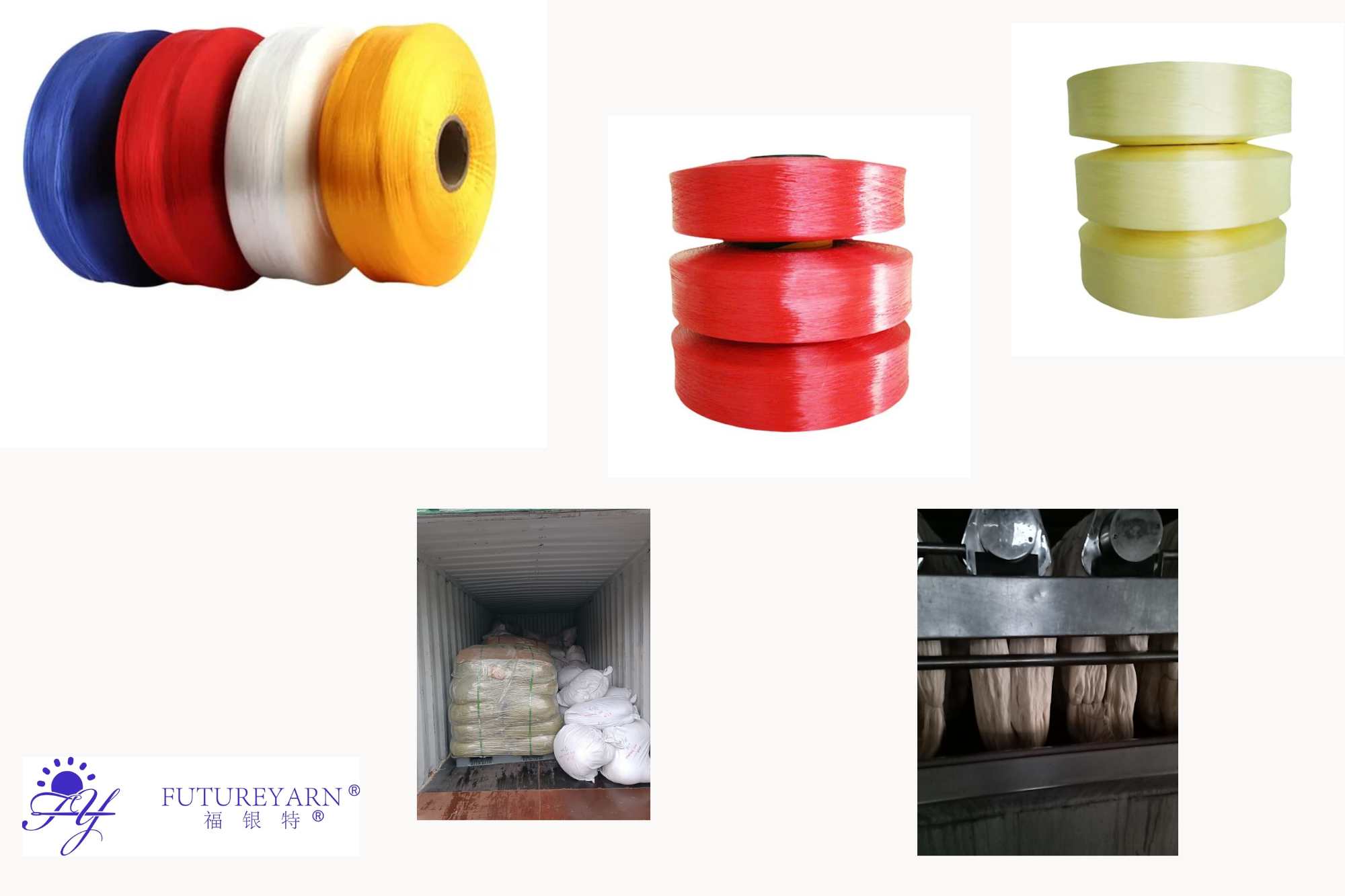- This topic is empty.
-
AuthorPosts
-
PP is widely used in the textile industry as a lightweight, durable and cost-effective synthetic fiber. Multifilament pp yarn has become the material of choice in many application fields due to its unique structure and excellent performance. This article will delve into the production process of multifilament pp yarn, analyze the key factors affecting yarn quality, and discuss yarn dyeing and post-processing technology.

Multifilament yarn spinning technology
The manufacturing process of multifilament pp yarn involves multiple steps, from the preparation of raw materials to the final shaping of the yarn. First, pure polypropylene pellets are melted and filtered to remove impurities. The molten polypropylene is then passed through a spinneret to form filaments, which cool and solidify in air to form multifilament yarns. This process requires precise temperature control and spinneret design to ensure yarn uniformity and quality.
Factors affecting multifilament yarn quality
The quality of multifilament pp yarn is affected by many factors. The quality of raw materials is the basis. Pure polypropylene particles can ensure the strength and durability of the yarn. Temperature, pressure and speed settings during spinning have a significant impact on the physical properties of the yarn. In addition, the design of the spinneret is also crucial, as it determines the fineness and uniformity of the yarn. During the production process, attention must also be paid to environmental factors such as humidity and temperature, as they affect the cooling and solidification of the yarn.
Yarn dyeing and post-processing technology
Dyeing is an important step in giving color and pattern to multifilament pp yarn. Polypropylene is usually dyed using high temperature and high pressure methods to ensure that the dye can penetrate evenly into the yarn. During the dyeing process, the concentration, temperature and time of the dye need to be controlled to obtain the ideal color effect. The dyed yarn also needs to undergo a series of post-processing, such as styling, softening and antistatic treatment, to improve the feel and performance of the yarn.
QC
During the production process of multifilament pp yarn, quality control is key to ensuring that the product meets standards and customer needs. From the inspection of raw materials to the testing of final products, every step requires strict quality control. Yarn strength, elongation, fineness and uniformity are all important indicators for assessing quality. In addition, regular equipment maintenance and operator training are also important measures to ensure product quality.
https://www.futureyarn.com/PP-Yarn-A-Versatile-High-Performance-Synthetic-Fiber.html
https://www.futureyarn.com/The-difference-between-pp-yarn-and-polyester-thread.html
https://www.futureyarn.com/Application-of-pp-yarn-in-the-field-of-webbing.html
https://www.futureyarn.com/What-are-the-cleaning-and-maintenance-methods-for-PP-yarn.html
Vivi
info@futureyarn.com -
AuthorPosts